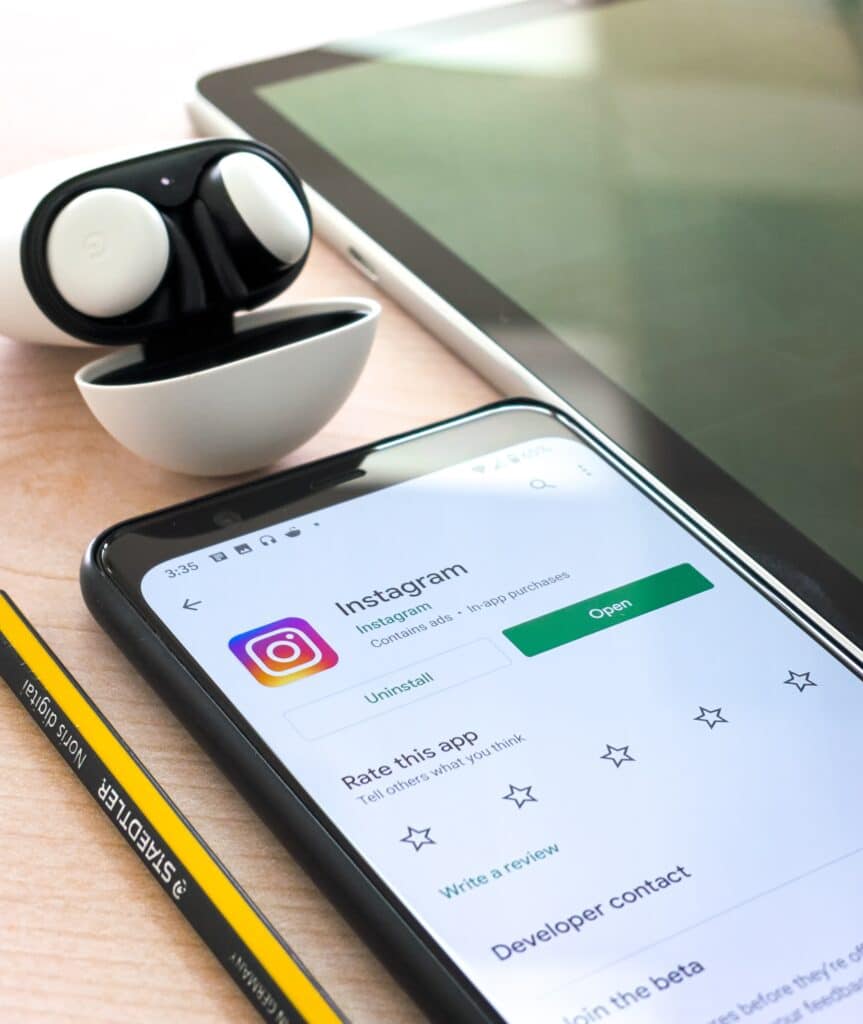One of the most underused app advertising strategies would be deep linking. Mobile app deep linking is a small detail that many app advertising agencies tend to overlook. But when utilized, the benefits can really be worthwhile. Mobile deep linking can improve your apps downloads, retention, and user experience. This article will cover a simple description of what deep linking is and why you should push to have it within your app.
What is Deep Linking?
Simply put, deep linking is a link that directs you straight to your desired location within a web address or app. Similar to URLs, deep linking uses URI schemes to help direct users to the exact page/location that they are looking for. Bypassing homepages and other in-app screens, deep linking allows for users to skip over extra pages and get to where they want to be faster. Users can be directed to in-app features from the web, social media, another app, email, advertisements, search results, QR codes, or even from messages.
There are three types of deep linking you should know about. They are:
Standard or Universal Deep Linking
This is the most basic type of deep linking. It will take a user to their desired page within the app, but the app must be installed for this to work. If the app is not installed, it can either take the user to a web browser version of the app or it can lead to an error page.
Deferred Deep Linking
Similar to standard/universal, but if the app is not installed, the link will take the user to the download page where the user can then install the app. After the app is installed, then they will be directed to the desired page.
Contextual Deep Linking
Contextual deep linking thrives on gathering data from an app’s users. It utilizes this data to better a user’s experience by personalizing the app to their preferences. By mining data such as location, the app can become fully optimized to its user. This type of linking can vary based on an app’s platform; such as Apple, Android, Facebook, etc. Further changes may be made to this type of deep linking, pending Apple’s new IOS 14.5 software update.
In-App Deep Linking Working with Other Types of Mobile Advertising
Deep linking can strengthen the core of your mobile app’s marketability. More ways to discover your app means more possibilities for downloads, improving SEO and driving more organic traffic to your app. Searches within search engines will direct users straight to your app, and more specifically, users will be directed to key features within the app. This allows for marketers to better showcase an app’s features and help them create a more personalized marketing strategy through analytics.
Better UX and User Retention
The most effective uses of deep linking are tracked within the user’s experience with the app. Deep links direct users straight to where they want to go without having to navigate through unneeded features, making it very convenient for users to install an app, while also reinforcing user retention. Users are more likely to commit to an app when they are driven to it more often; urging users to keep and reuse the app. The app’s key features and pages can become further optimized based on data gathered from deep linking. For app developers and marketers, UX (User Experience) stands as a top priority. Data pulled from contextual deep linking helps in personalizing a user’s app experience and leaves the door open for user re-engagement and UX optimization.

